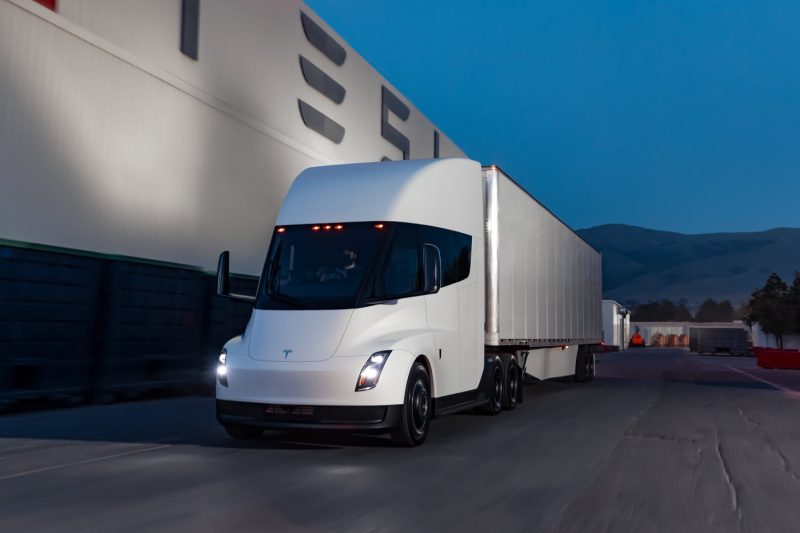Economy
14-09-2024 12:13
9 Views
California Blaze: A colossal 50,000 Gallons Water Needed to Tame Fiery Tesla Semi!

Title: A Gargantuan Task: Dousing the Flames on a Tesla Semi Truck in California
In the serene and sun-washed expanses of California, an unprecedented challenge took place recently that required colossal measures. A Tesla semi-truck caught fire, leading to a massive contingent of firefighters grappling to contain and control the fiery maelstrom, ultimately necessitating a staggering 50,000 gallons of water to put out.
Taking place in Livermore, California, the Tesla semi, which was loaded with batteries, made the firefighting task immensely formidable. The admirable and relentless digging into every possible detail provided by the report at godzillanewz.com portrays the whole incident in the exact light as it unfolded.
The revolutionary semi-truck from Tesla, a vehicle expected to have a profound impact on the trucking industry, unfortunately found itself in the throes of an intense blaze. The incident threw up significant challenges for the fire department, testifying to the dangers of electric vehicle fires.
Among these challenges, one of the most notable issues was how to effectively tackle the fire, considering it involved a semi-truck full of batteries and electronic equipment. Unlike traditional vehicle fires, where foam or simple water would suffice, this demanded a different firefighting approach.
The ingenuity and tenacity of the firefighters were put to the test, and they went above and beyond their usual remit. In the end, it took an enormous amount of water to finally put out the fire. Literally, approximately 50,000 gallons were required to achieve the task, emphasizing the sheer intensity and magnitude of the blaze.
The incident underscores several broader implications and questions. Electric vehicles, with their benefits of reduced emissions and dependence on fossil fuels, are undeniably the future of transportation. However, as we transition to an era of electric mobility, these challenges become more salient. It highlights the need for upgrading firefighting tactics and equipment to manage electric vehicle fires and draws attention to possibly increasing the safety measures in the design of these vehicles.
While Tesla has been quite open regarding incidents involving its cars, battery fires do pose a complex problem. They are notoriously difficult to extinguish and can reignite even after appearing to be out. This problem is not singular to Tesla, as any form of lithium-ion battery can behave the same way when exposed to high temperatures.
In conclusion, the Tesla Semi fire in California is a vivid reminder of the challenges that lay ahead in the realm of electric vehicle safety, particularly when it comes to fire-related incidents. The incident served as a stern test for the fire department, who managed to master the situation with commendable skill and dedication. However, looking forward, it is evident that a more meticulous approach to security design and firefighting tactics for electric vehicles will be necessary.

